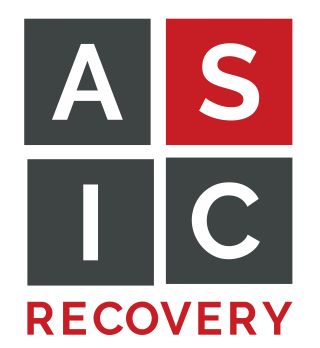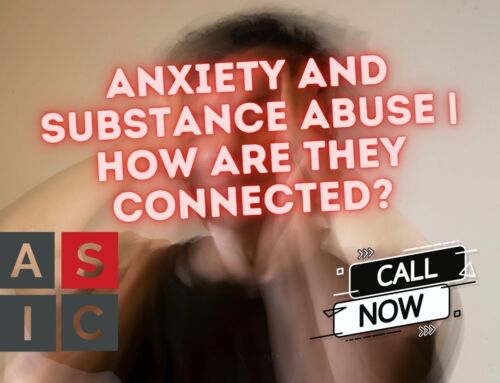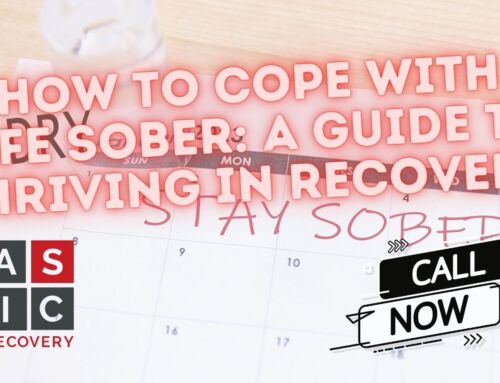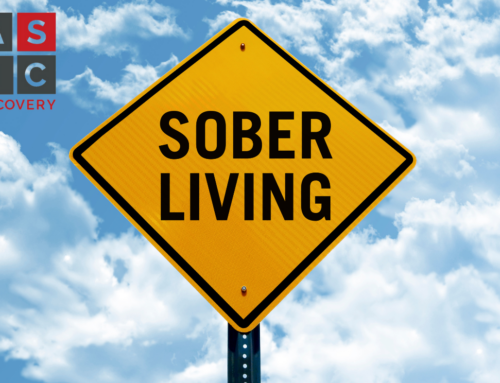Anxiety medications like Xanax are some of the most commonly prescribed and commonly abused drugs on the market, but treatment for Xanax addiction is thankfully available all over the United States through IOP and sober living programs.
Anxiety drugs provide a sense of calm and euphoria almost instantly in the user, and their effects only last a few short hours.
This combination of intense but short-lasting effects is one of the main reasons people start abusing these drugs. This also has resulted in people using Xanax as a “party drug” despite it being incredibly dangerous to mix with alcohol.
What is Xanax?
Xanax belongs to a group of drugs called benzodiazepines and has a classification as a schedule IV controlled substance. This means it is regulated as a substance with a relatively low chance of addiction.
Despite the classification, almost all agree that Xanax is highly addictive, and recent studies confirm that 4 in every 10 people who use the drug daily for just 6 weeks develop an addiction to it.
Xanax is a drug that is meant to treat panic and anxiety orders, and when used as prescribed, it is highly effective. However, even with proper use, and especially with misuse, Xanax can cause a number of problems and result in a strong, and potentially lethal, chemical dependency.
With this knowledge, doctors tend to prescribe Xanax for relatively short periods of time to limit the risk, but more intense disorders may compel doctors to keep patients on it for longer.
Behavioral Signs of Xanax Addiction
It may be difficult to spot when Xanax use crosses the line and starts becoming a life-threatening issue since Xanax itself is meant to alter the thoughts and behaviors of the user.
However, keeping a close eye on your or your friend’s behavior may tip you off.
Signs include:
- Increasing tolerance to Xanax
- Talking about wanting to stop but being unable to
- Use negatively affecting work or social life
- Loss of interest in activities that were once enjoyed
- Using more than prescribed
- Experiencing withdrawal symptoms when without the drug
Even just one of these could be a sign of addiction. If that’s the case, then it might be time to look into Xanax treatment options.
Different Xanax Treatments
Medication Tapering
This can help you get off Xanax while reducing withdrawal symptoms. By slowly lowering the dosage over a long period of time, your system will have time to adjust to the waning drug.
This prevents your body from experiencing the shock of being wholly deprived of the chemical it was depending on for months or even years of use.
Not only does a slow approach to tapering help the body, but it allows your doctor to better adjust the medication in case complications arise.
Here’s how a typical tapering timeline may look:
- Your doctor decides on a minimum amount of Xanax for you to take
- Dosage is lowered every 1-2 weeks by around 10% of the initial amount
- When the dosage is reduced by 80-90%, then 5% reductions may be used to prevent withdrawals
- Once you’re down 95% from the original dose, it is likely safe to stop taking the drug altogether
Other Medications
If you and your doctor feel it’s important to stop taking Xanax immediately, you might be able to switch temporarily to a less addictive benzodiazepine.
There are other longer-acting benzodiazepines on the market that Xanax can be replaced with to reduce withdrawal symptoms. Drugs like clonazepam and diazepam can both treat the original issue as well as eliminate withdrawals.
Other medications such as certain anticonvulsants, antidepressants, and beta blockers can treat symptoms of withdrawal as well.
Therapy
Both group and individual therapy, such as Cognitive Behavioral Therapy (CBT), are effective ways for users to break their addiction.
With 12 Step programs like Cocaine Anonymous, Xanax addicts will be able to build a support system of people who have been in their shoes. You can get a sponsor, work the 12 Steps around your Xanax addiction, and ultimately become free of this dangerous drug.
For individual therapy, CBT is one of the most popular recovery methods for people struggling with addictions. In CBT, users become mindful of all the mental factors that led to their addiction.
Specifically, it targets something called automatic negative thoughts and helps people learn to think about themselves in a new way.
Automatic negative thoughts are basically faulty beliefs people hold about themselves. Since these are internal, these thoughts go unchallenged and slowly erode the self-esteem of the individual holding them. This vicious cycle can make addiction difficult to break.
By understanding how your thought processes work and cutting off triggers where they start, you can rebuild your self-esteem and become less likely to depend on drugs to feel okay.
Rehab
Rehab is generally a last resort if nothing else seems to work. You’ll get access to tons of resources that are designed to set you up to succeed when you get back into the real world.
This includes withdrawal help, different therapies, AA/NA/CA meetings, and 24/7 practice for healthy habit forming that you then take with you when you leave.
When you go to rehab, you’re able to put your life on pause and eliminate a number of the stressors that made your Xanax use worse.
IOP as ASIC Recovery
Looking for substance abuse treatment in Texas? At ASIC recovery our Intensive Outpatient Program (IOP) is dedicated to helping individuals develop healthier coping skills and build a supportive recovery network. Click to learn more.



